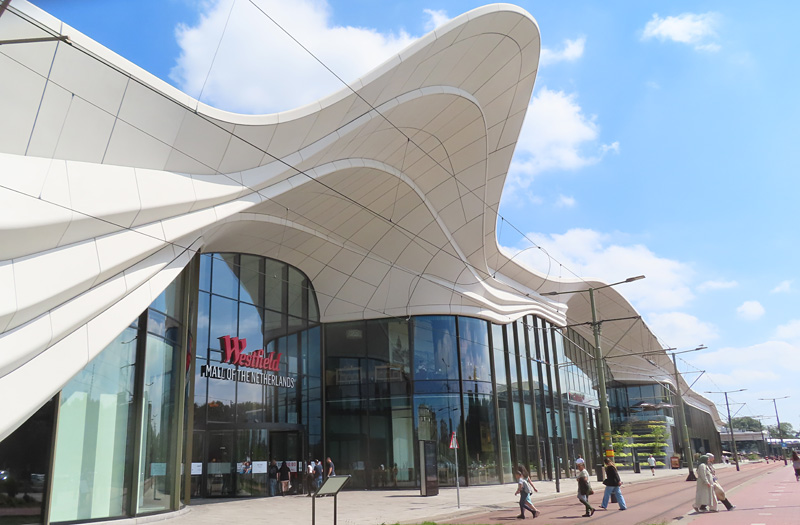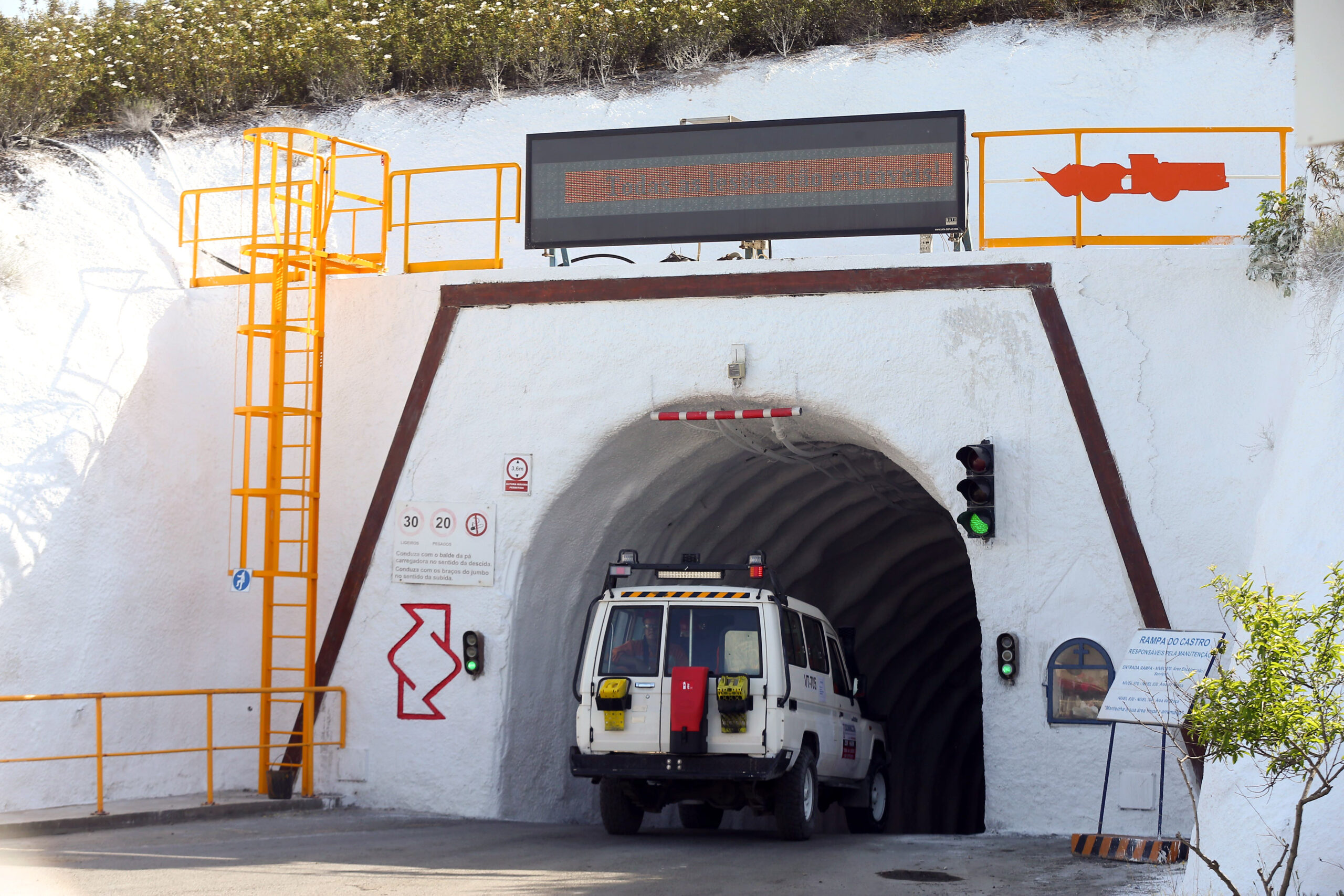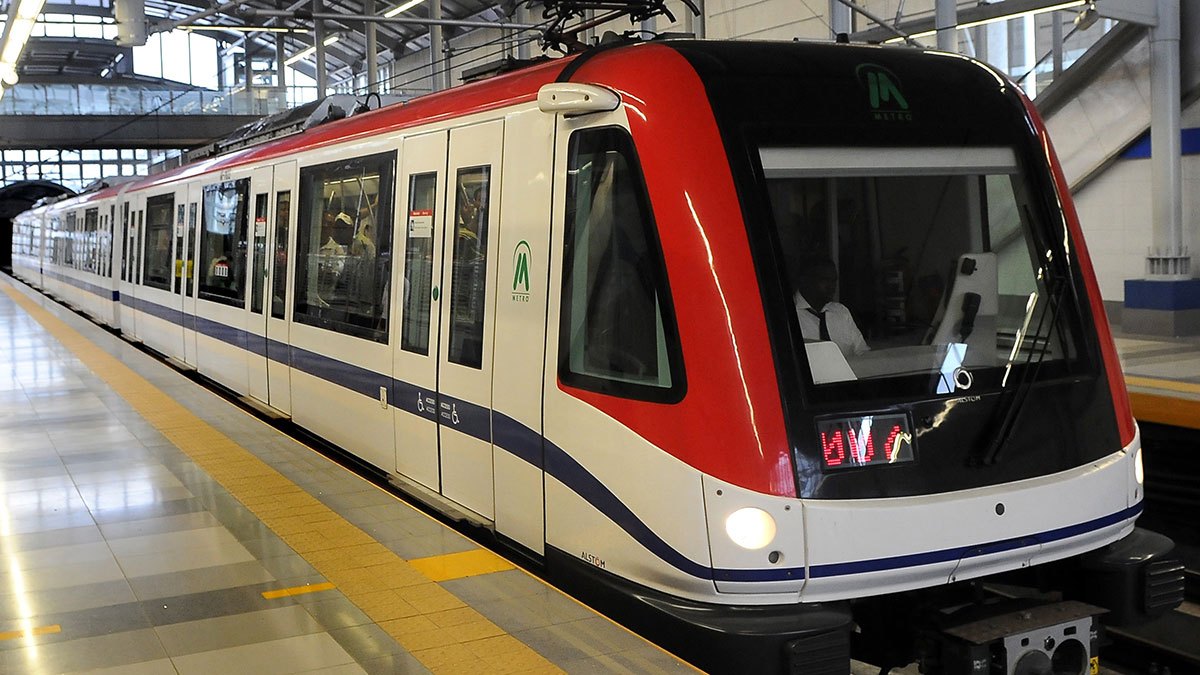When a product idea has been around for over 100 years it must be doing something right; but as Alan Swaby learns, even the best ideas often need a second chance.
How many ‘novelty’ products have you owned over the years that are still in daily use? The answer, almost certainly, is frighteningly few. Gadgets that seem to offer an attractive alternative to store-bought products all too often find their way into the garage rather than claiming a permanent place in the kitchen.
However, one gadget that has stood the test of time, and is in fact going through something of a renaissance, is SodaStream—the must-have device of the 1970s for turning ordinary tap water into home-made fizzy drinks. As part of its re-launch, SodaStream has recently gone public on the NASDAQ board and in less than 12 months, share prices have tripled and the business is valued at $1.3 billion.
Home carbonation drinks is, in reality, a far older concept than this short history suggests. The idea was conceived in 1903 and the first machine built by George Gilbey (of Gilbey gin fame) as a not-so-handy device butlers could use to quench the thirst of house party guests. Fifty years later, the first widely available domestic version came on the market and in 1973, the design that really put SodaStream on the map was introduced.
But for such a seemingly benign product, SodaStream has had interesting times at boardroom level. In the early 1970s Gilbey sold the product to Reckitt & Coleman and in the mid 1980s it went to Cadbury Schweppes. In 1991, the Israeli branch of the business decided it could do things better and launched a rival design under the name Soda-Club. Struggling, SodaStream lost its way and was sold off in 1997 as a management buyout. Two years later, the story went full circle when Soda-Club acquired its former master.
“Since then,” says Francois Dippenaar, managing director of SodaStream South Africa, “it’s been a period of intense development with a completely new machine concept being introduced as well as a host of new flavours. The brand proposition hasn’t really changed over the years but in today’s climate ‘the smart alternative to bottled soda’ is now more relevant than it has ever been.”
For such alternative products to have a lasting effect, they need to deliver the promise they make in as simple and uninvolved a way as possible. Using SodaStream is no more demanding than boiling a kettle. Screw a re-usable one litre bottle of water onto the machine, press a button, and within seconds you have carbonated drinks.
“Earlier models,” explains Dippenaar, “used small, throwaway CO2 cylinders. Today’s model has a much larger, refillable cylinder that can make up to 60 litres of soda. By introducing sustainability and cutting out waste, we calculate that the carbon footprint of using SodaStream is just a tenth of conventionally retailed bottled drinks.”
In fact the environmental arguments in favour of using SodaStream represent the second part of the product’s ‘smarter alternative’ stance. Not only are home carbonated beverages in South Africa a fifth of the price of shop-bought drinks, they save the environment in numerous ways: less plastic being thrown away with all the associated reduction in manufacturing and transportation costs, as well as the reduced input the consumer needs to make in terms of effort, time and the expense of carrying home heavy bottles of flavoured fizzy water.
For the more health-conscious customer, SodaStream claims that its flavouring syrups have a third of the sugar in equivalent shop-bought drinks and for the highly health-conscious, there are clear sparkling water recipes and a soon-to-be-launched range of natural flavours that contain no sugar or preservatives whatsoever.
“With all the other social factors on the agenda in South Africa,” admits Dippenaar, “green issues are not as relevant in this country as they are in Europe or the US. Nevertheless, there is growing consciousness of sustainability issues and the benefits SodaStream can offer are very important to some customers.”
South Africa is one of 41 countries where SodaStream is to be found; 26 of these having been opened since 2007 when the concerted re-launch of the brand began. The market is enormous—in 2009, off-premises consumption of soft drinks and sparkling water was estimated to be worth $250 billion—and of course dominated by the likes of Coca-Cola, Pepsi and Schweppes, who have seemingly limitless amounts of money to pour into promotion.
SodaStream has to work smarter, using the ‘sell one razor and you sell a lifetime of razor blades’ principle. “We market a starter kit,” explains Dippenaar, “costing around R400 (US$60), which will actually pay for itself with the first inclusive CO2 cylinder. After that, soft drinks cost R2 per litre compared with R12 or more at retail. The beauty of SodaStream is that you can formulate the drinks exactly as you prefer with more or less fizz or flavour.”
In South Africa there are very few businesses large enough to justify their own sales and distribution force. SodaStream is no different; but by outsourcing these functions to the right partners, the company still has national coverage. Therefore the Gauteng head office is low cost and lean. Personnel spend time developing new contacts and leave the day-to-day work to others.
SodaStream is found in all of the country’s national supermarket chains and many of the smaller independent retailers. But there is practically no retail outlet that is out of bounds. As such, SodaStream has just signed up a chain of builders’ warehouses and a chain of liquor retailers, as well as a house and gardens chain. In addition to stocking the product, retailers are expected to act as a changeover point, swapping empty CO2 cylinders for full ones. These then are shipped back to SodaStream’s facility to be recharged.
So far there has been no mention of taste; but lest you think that cheaper SodaStream means inferior flavour, Dippenaar invites you to look at the blind taste test conducted in May by CNBC in the US, where David most convincingly trounced Goliath. www.sodastream.com
DOWNLOAD
 Sodastream_SEPT11_emea-bro-s.pdf
Sodastream_SEPT11_emea-bro-s.pdf













